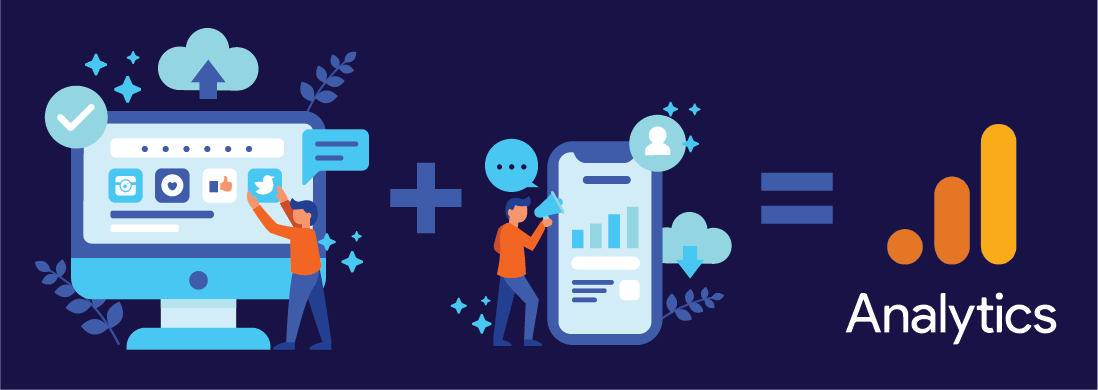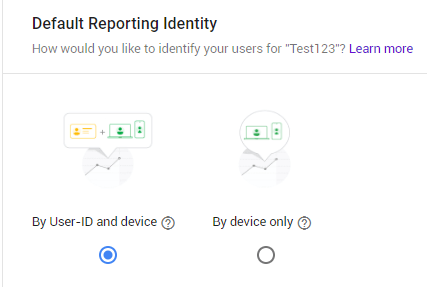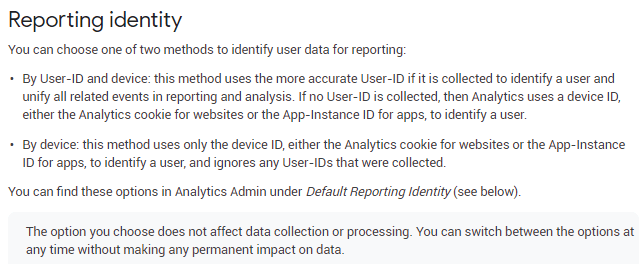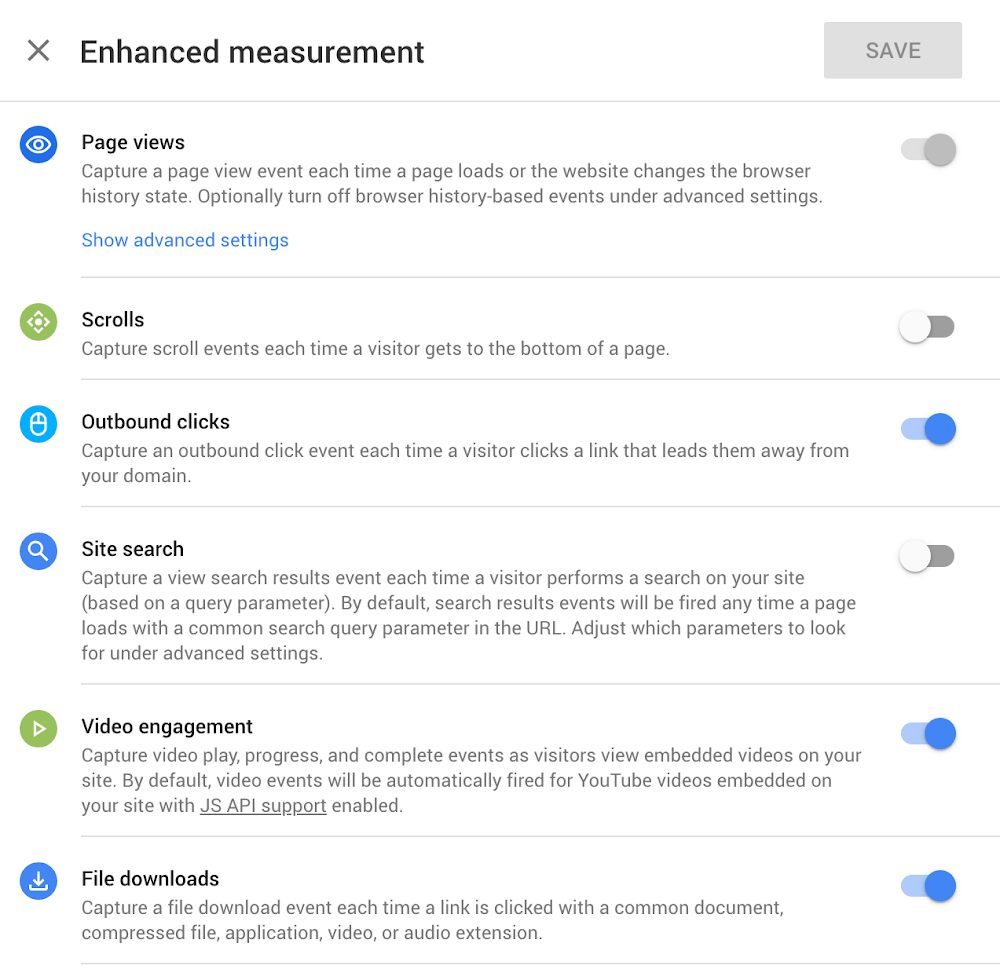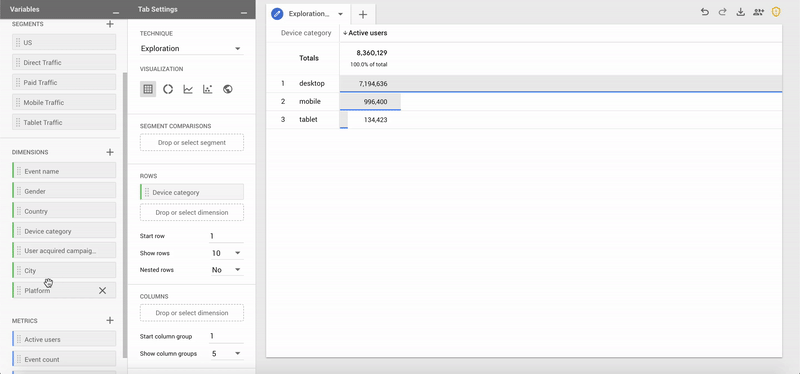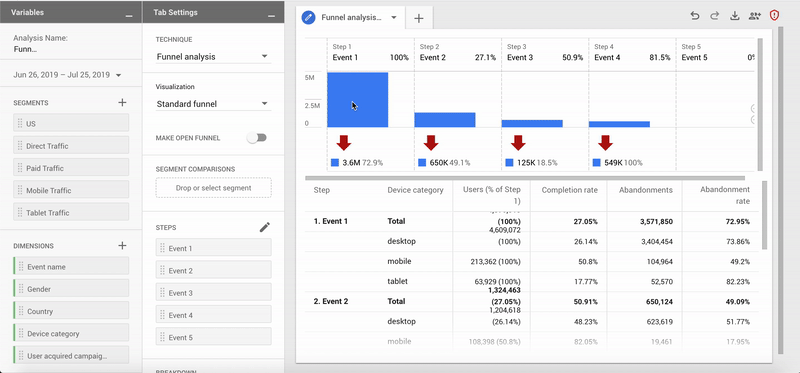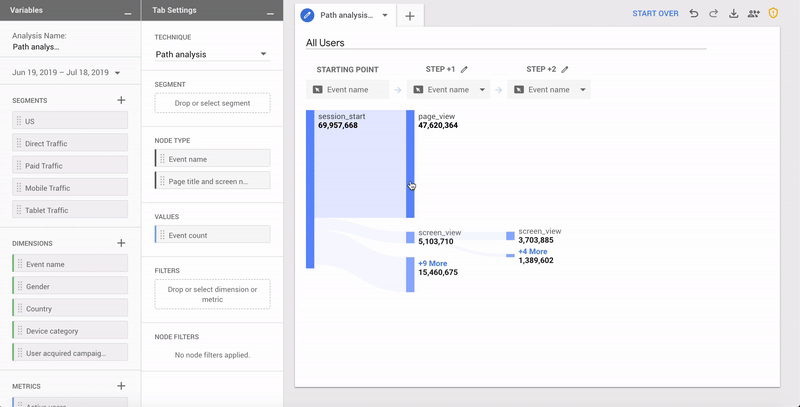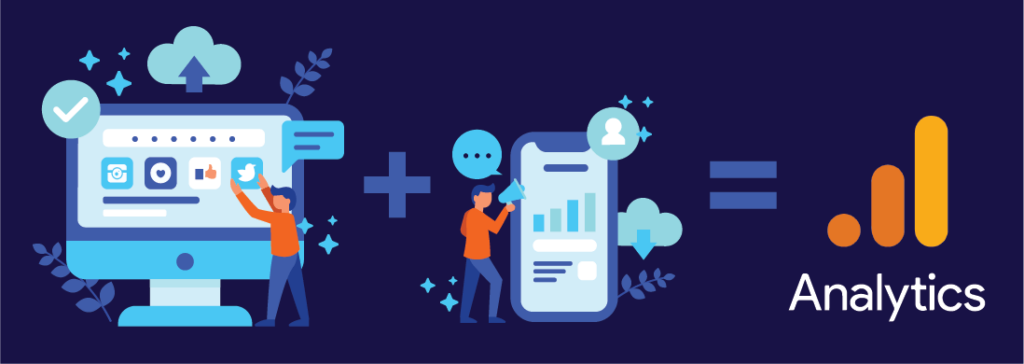
The wait is finally over!
Google has launched a new beta version of Google Analytics where we can now uniquely track users across the Web and App without userId implementation.
Yes, you read that right. Isn’t that a game-changer?
With Firebase as the backbone of this platform, Google has changed its lens to measure user data. Reporting will now be more focused on Users and Events
Google had given signals for Users and event-centric reporting in the past with the release of User-Centric reporting in Google Analytics and Firebase Platform. It was the perfect move by Google I would say, for setting an expectation for users like us!
Being a business user, If you are wondering what changes will it bring to your analytics reporting, then you are in the right place! In this blog, I am going to provide an overview of this new update and what it means for the business focussed team rather than delving into the technical bit of the same.
What is additional in the newly launched Google Analytics
Here are the Enhancements of the newly launched version of Google Analytics (Web+App)
- User Unification across platforms (Mobile Web + App)
This is by far the biggest ask of business users.
How Google will identify users. According to Its standard documents, It will use Device ID. If the App and Website are being opened on the same device (mostly mobile, Tablets), using a Device ID, Google will unify the users. So insights for Cross-platform single devices can be generated
If we are using both Device ID and User ID (UserID was earlier available), It will give us the ability to generate insights for users cross-device, and cross-platform.
Image 1: Data Collection Mechanism
Source: Google Standard Document
The insights that we generate in the current Web analytics, for e.g.Direct conversion channels, Channels assisting the final conversion & Channels acquiring quality traffic have a direct relation to the marketing budget but now that we get additional insights into the platform with these channels, the marketing budget will be optimized to the level of platforms. It will be a combination of channels and platforms.
Let us read exactly what Google says about the data collection mechanism for this update
Image 2: Data collection Method
Source: Google Standard Document
- Event and Custom Event Parameters
The reporting in this version of Google Analytics will have Events only. No pageviews and Sessions.
The event will have custom event parameters to enrich the reporting.
- User Properties
Custom Dimensions and Metrics will not be available. User Properties can be set with event data being sent to Google Analytics
- Enhanced Measurement Mechanism
Tracking and implementation which were common across the customers were included in the initial setup part.
Data collection will be started without any code once we enable it from the UI
Image 3: Enhanced measurement
Source: Google Standard Document
Bonus: Analysis Feature
This is THE motivation to use this platform. The analysis is Only the GA360 feature but is available for free under the new version of Google Analytics There are 6 different features under the analysis tab that will make every marketer’s life productive.
- Access to analysis hub [Data studio Module]
- Segment Overlap
- User Explorer
- Exploration
Image 4: Exploration
Source: Google Analytics blog website
- Funnel analysis
Image 5: Funnel
Source: Google Analytics blog website
- Path Analysis [will become the most popular and most asked a feature]
Image 6: Path analysis
Source: Google Analytics blog website
To know more about setup, implementation, and reporting, please refer to this link.
Tatvic’s Recommendations on How to best use the User Unification Feature
- Replicate the data collection in this property by following the best practices as per the standard document
- Use this property as additional property for user unification insights.
- Play with the Analysis module to get more granular-level insights
This property is in beta and expected to have more features. It is better if we have replicated our reporting to this property, We will be able to take benefits of existing features and new feature updates in the future.
Happy Learning, experimenting, and improving!!


